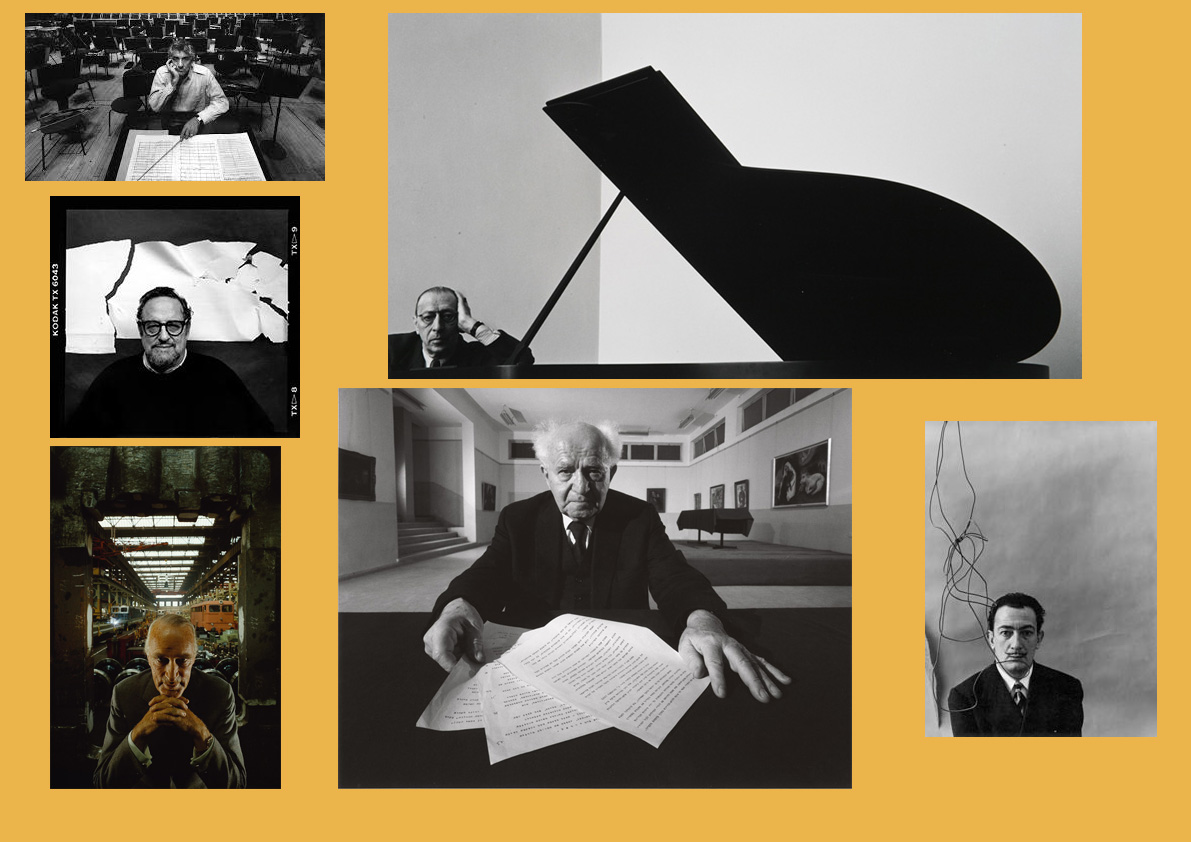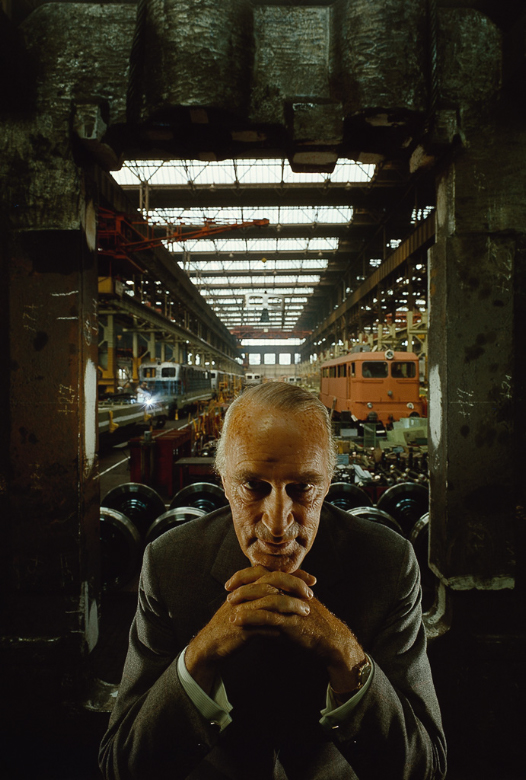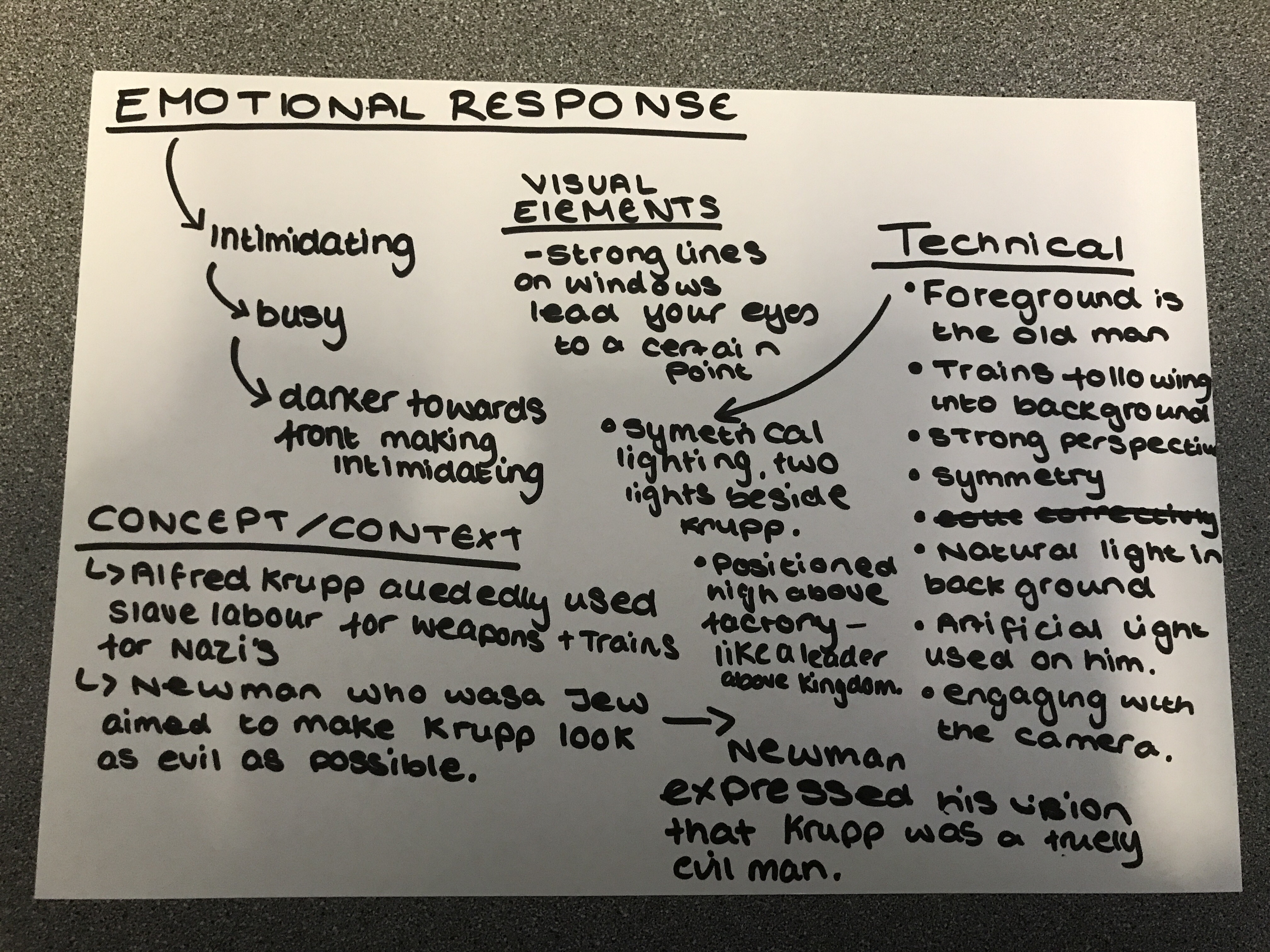“There are many things that are very false about photography when it is accepted without question. You must recognize and interpret it as you would any other art form, and then maybe it is a little more than real.” – Arnold Newman
A Brief Biography:
Arnold Abner Newman (3 March 1918 – June 6, 2006) was an American Photographer, noted for his “environmental portraits” of artists and politicians. He was also known for his carefully composed abstract still life images. In 1936, he studied painting and drawing at the University of Miami. Unable to afford continuing after two years, he moved to Philadelphia to work for a studio, making 49-cent portraits in 1938. Newman is often credited with being the first photographer to use so-called Environmental Portraiture in which the photographer places the subject in a carefully controlled setting to capture the essence of the individual’s life and work. Newman normally captured his subjects in their most familiar surroundings with representative visual elements showing their professions and personalities. Newman’s best-known images were in black and white, although he often photographed in color. His 1946 black and white portrait of Igor Stravinsky seated at a grand piano became his signature image. Among Newman’s best-known color images is an eerie portrait from 1963 that shows former Nazi industrialist and minister of armament Alfred Krupp in one of Krupp’s factories. Newman admits his personal feelings influenced his portrayal of Krupp.
Key Photographs:

These are some of the key photographs taken by Arnold Newman, these include his most famous photographs such as the photo of Igor Stravinsky at the grand piano. As well as his most well known colour photograph of Alfred Krupp. Some of the other photographs include those of other well known faces that he worked with such as Salvador Dali.
In Depth Analysis of a Photograph:


Emotional Response: As a first impression and response to this photograph I feel it very intimidating due to the darkness and the stance of the man. It feels like a very busy photograph which I don’t particularly like about the photograph it’s very dark and can almost make me feel uncomfortable.
Technical: There is a sense of artificial lighting in the foreground of the photograph which is positioned on the man, it’s a sense of symmetrical lighting as Newman placed two lights either side of Krupp facing each other. In the background of the photograph there is a use of the natural light coming in through the windows. There is a strong perspective and large depth of field as well the image shows areas of symmetry such as with the windows and the trains either side of Krupp who is positioned as the center focus point. Krupp also has a strong gaze engaging with the camera.
Visual Elements: There are strong lines on the windows of the ceiling and the back wall which lead your eye across and through the photograph to a certain point. Also seeing that strong sense of symmetry throughout the photograph with the lines on the lights and the trains and structures either side of the photograph. Visually it is a very dark photograph there is a lot of dark tones created by the very deep black shadows in the corners of the photograph as well as up into the sides.
Context: Alfred Krupp allegedly used slave labour to produce weapons and trains for the Nazi’s. Despite later being convicted of crimes against humanity and being sentenced to twelve years imprisonment, he had been pardoned after a mere three years. Newman himself was a Jew promised to make Krupp look evil and like the devil.
Conceptual: Newman being a Jew himself aimed to make Krupp look as evil as possible to shine him in the bad light and visualize him as the evil man he is for what he did. Newman expressed his vision that Krupp was a truly evil man. Newman saw it as his own way of gaining poetic justice. One way that he did this was with the shadows that come down on his face as Newman made Krupp lean forward to create this.
